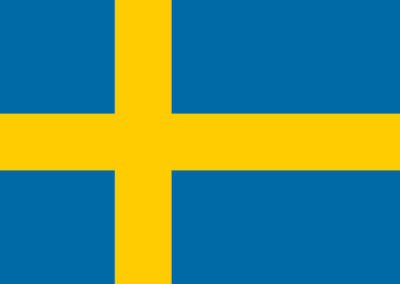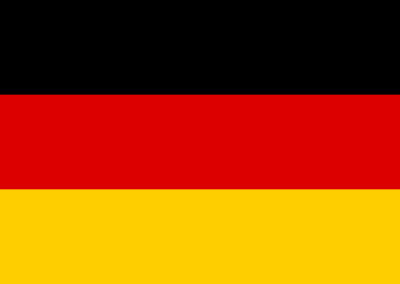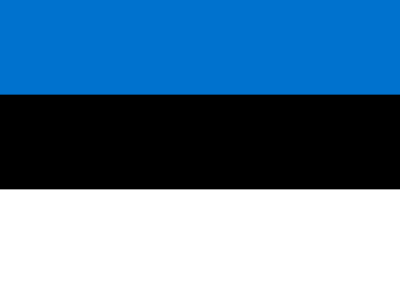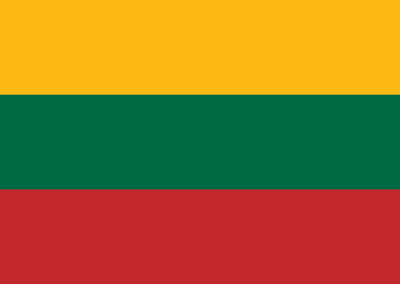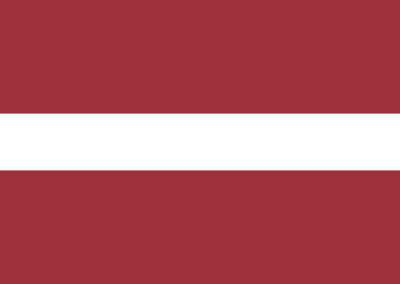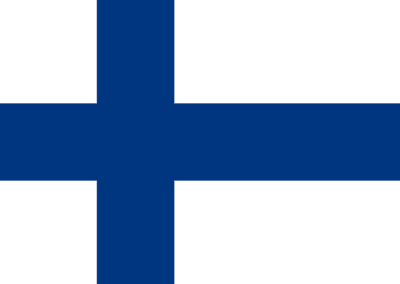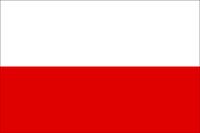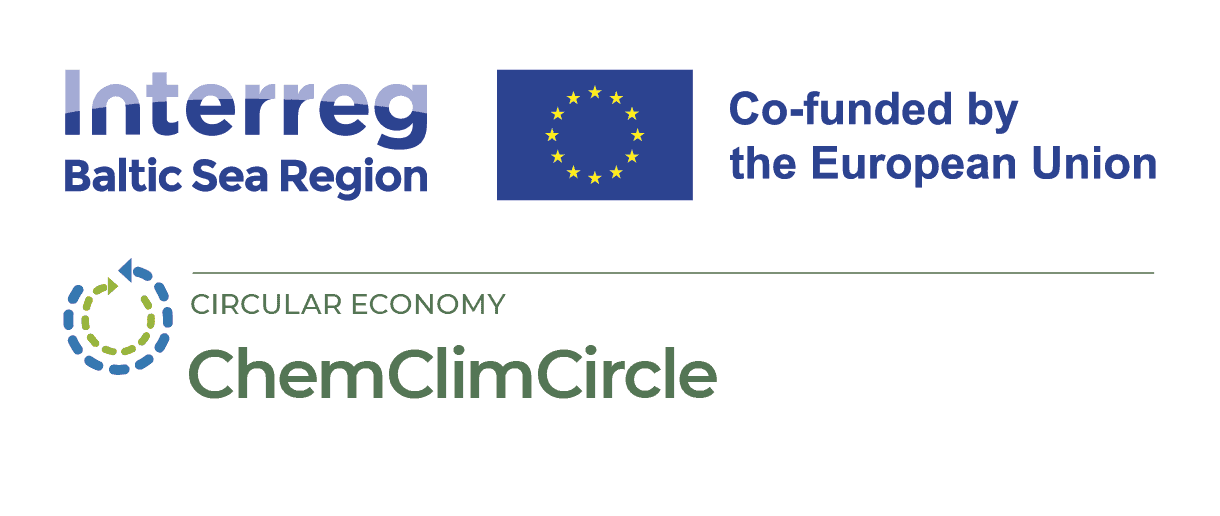
This wrap-up has been compiled by the Programme
Priority 3 Climate-neutral societies
Objective 3.1 Circular economy
Wrap-up of project achievements
Museums and cultural institutions often lack the resources to remain resilient and comforting anchors for people, especially in times of crisis. Through the Interreg project BaMuR, institutions across Estonia, Finland, Lithuania, Poland, and Sweden gained the skills and solutions to continue consoling their communities and to find sustainable ways to thrive.
Project achievements
The Interreg project BaMuR brought together five partners — including three museums — from Estonia, Finland, Lithuania, Poland, and Sweden to explore innovative ways for cultural and heritage institutions in the region to operate in a modern and more sustainable manner, offering more opportunities for visitors’ active engagement.
In a nutshell, the project developed:
Toolbox for Resilient Museums, Heritage and Cultural Institutions offering practical examples and guidance on strengthening institutional resilience through governance, digital sustainability, and economic sustainability.
Download links
Toolbox for Resilient Muesums, Heritage and Cultural Institutions
Highlights
ChemClimCircle
The BaMuR toolbox provides guidance and practical solutions for cultural and heritage institutions to revise their operations and strengthen resilience, so they can remain attractive to their visitors and respond quickly to changing situations. It focuses on three key operational areas:
- Participatory governance
- Digital sustainability
- Economic sustainability
The toolbox is meant for museum professionals, managers of cultural institutions, and policymakers. It draws on approaches tested by three partner museums:
Pilot activities
-
Estonian War Museum (Estonia) tested crowdsourcing for active participatory governance
This pilot explored how museums can engage visitors as volunteers into scientific work, exhibition development, and day-to-day operations. The project consulted national institutions, including the Estonian Ministry of Culture, the National Archives of Estonia, and the Estonian Heritage Board. As part of the pilot activity, volunteers analysed available journals to enter historical data into online registers. The pilot demonstrated that participation, inclusion, and interaction with visitors can enhance institutional governance and enrich museum activities.
-
Forum Marinum Foundation (Finland) tested virtual exhibitions for increasing digital sustainability
This pilot developed a new VR-based exhibition incorporating input from diverse audience groups — school children, young adults, and seniors. The project tested virtual tours in nursing homes to gather feedback from the elderly. Public institutions such as the Finnish Heritage Agency and the Maritime Museum of Finland contributed to the process. The pilot highlighted how meaningful audience engagement can enrich digital content planning and delivery to better match the needs of various groups visiting museums.
-
Museum of Västervik (Sweden) tested hybrid financing for increasing economic sustainability
This pilot tested a new hybrid financing model – the Mars-model – which builds on existing cooperation among cultural institutions, academia, and businesses. Using common goals as the starting point, cross-sectoral institutions learn to share resources and expand networks efficiently. The pilot involved representatives from the Marine Archaeology Research Institute (MARIS) at Södertörn University, the Swedish Defence University, the University of Stockholm, Sparbanksstiftelsen Tjustbygden, and the leader of the Ocean Discovery project. This alternative model positions museums as hubs for innovation and partnership, enabling a more resilient alternative to traditional funding approaches.
Download links
Estonian War Museum
Forum Marinum Foundation
Museum of Västervik
Cooperation and knowledge exchange
The project actively engaged a wide range of organisations working in the field of culture and heritage. 76 organisations from five countries (Estonia, Finland, Lithuania, Poland, and Sweden) contributed to assessing the state of the cultural sector in the region, further 29 institutions facilitated national and regional workshops or interviews. This broad engagement helped define a shared approach to building resilience in cultural institutions.
The greatest value of this transnational project laid in gaining new insights into how the cultural sectors operate in different countries during times of crisis, including societal and economic challegnes. BaMuR helped build relations across sectors — including cultural organisations, public authorities, and businesses — and enabled the exchange of experiences across borders. As a result, museums and cultural institutions gained solutions and skills to make their operations more adaptive, inclusive, and financially stable.
The impact of the BaMuR project is already visible:
11 organisations have committed themselves to implement tested approaches from the toolbox:
- in Estonia: Saaremaa Military Equipment Society, and Hiiumaa Military Museum;
- in Finland: Rauma Maritime Museum and Museo Militaria;
- in Lithuania: Vilna Gaon Museum of Jewish history, Šiauliai Aušros Museum, Žemaitija Protected Areas Directorate, Šiauliai City Tourism and Information Centre, Šiauliai District Municipality Ethnic Culture and Traditional Crafts Centre;
- in Poland: Lwówecka Biblioteka Publiczna and Ośrodek Postaw Twórczych Zamek.
In addition,
18 organisations involved in project activities plan to incorporate new methods into their daily work, for example:
- the Estonian Heritage Society (EE), Ośrodek Postaw Twórczych Zamek (PL), Sjöfararkusten (SE) or Public Institution National Regions Development Agency (LT) intend to adopt participatory and inclusive approaches to better engage with their visitors;
- the Estonian War Museum (EE), Muzeum Okręgowe w Toruniu (PL) plan to make greater use of digital technologies in preparing exhibitions;
- Šiauliai District Municipality Ethnic Culture and Traditional Craft Center (LT) or Šiauliai Aušros Museum (LT) aim to further explore the tested ‘Mars-model’ to foster cooperation between businesses, museums, and tourism organisations.
Download links
Interreg pays off
Spin offs
The project has sparked further initiatives in several partner countries:
- in Estonia: the Estonian War Museum plans to organise semi-annual roundtables with local schools to explore how pupils and students can be involved in museum activities, such as digitisation or volunteering.
- in Finland, the Finnish Museums Association is applying project results in training programmes to improve digital competences among museum professionals.
- in Sweden: the “Mars-model” has gained traction as a potential tool for cooperation and financing, embraced by institutions including Södertörn University, Blekinge Museum, and the Swedish National Maritime Museum.
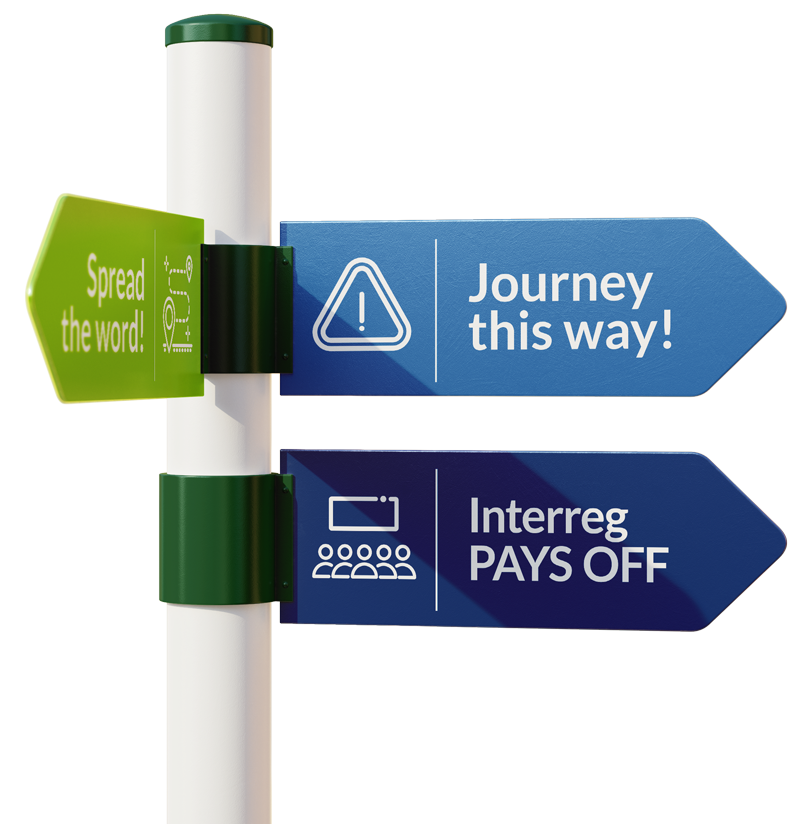
Project Wrap-Up
Thanks to Interreg funding and transnational cooperation, the project BaMuR helped museums and cultural institutions rethink how they work and prepare for future challenges. Equipped with tested solutions, museums and cultural institutions across the Baltic Sea region engage their communities in more inclusive, innovative, and sustainable ways, while keeping their institutions thriving.




